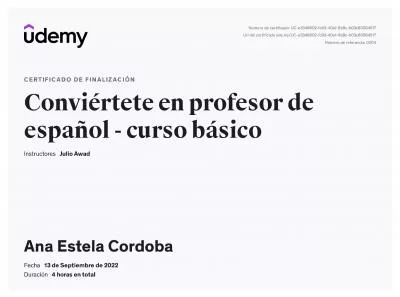PPT-The Spanish Armada and The Thirty Years’ War
Author : tatyana-admore | Published Date : 2016-07-27
Two seemingly unrelated events Mary Queen of Scots Eldest daughter of Henry VIIIs older sister Catholic raised in France John Knox preached against her Married Henry
Presentation Embed Code
Download Presentation
Download Presentation The PPT/PDF document "The Spanish Armada and The Thirty Years�..." is the property of its rightful owner. Permission is granted to download and print the materials on this website for personal, non-commercial use only, and to display it on your personal computer provided you do not modify the materials and that you retain all copyright notices contained in the materials. By downloading content from our website, you accept the terms of this agreement.
The Spanish Armada and The Thirty Years’ War: Transcript
Download Rules Of Document
"The Spanish Armada and The Thirty Years’ War"The content belongs to its owner. You may download and print it for personal use, without modification, and keep all copyright notices. By downloading, you agree to these terms.
Related Documents

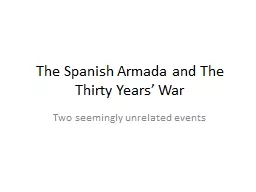
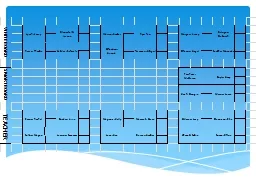
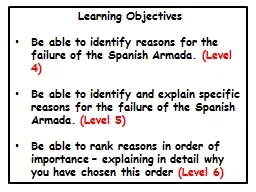
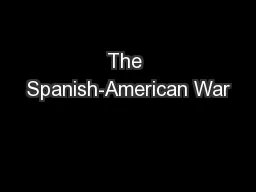
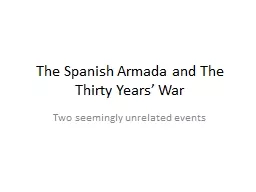
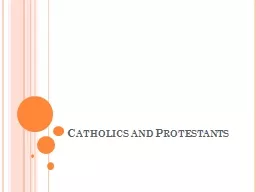
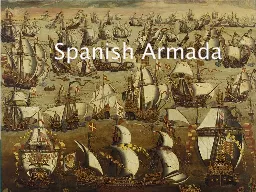
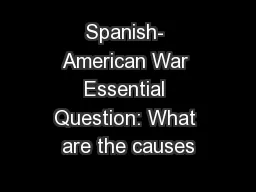
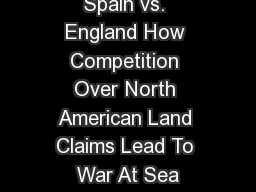


![[EBOOK] Getting Started with Spanish: Beginning Spanish for Homeschoolers and Self-Taught](https://thumbs.docslides.com/1008295/ebook-getting-started-with-spanish-beginning-spanish-for-homeschoolers-and-self-taught-students-of-any-age-homeschool-spanish-teach-yourself-spanish-learn-spanish-at-home.jpg)
![get [PDF] Download West\'s Spanish English English Spanish Law Dictionary: Translations](https://thumbs.docslides.com/1019677/get-pdf-download-west-s-spanish-english-english-spanish-law-dictionary-translations-of-terms.jpg)
